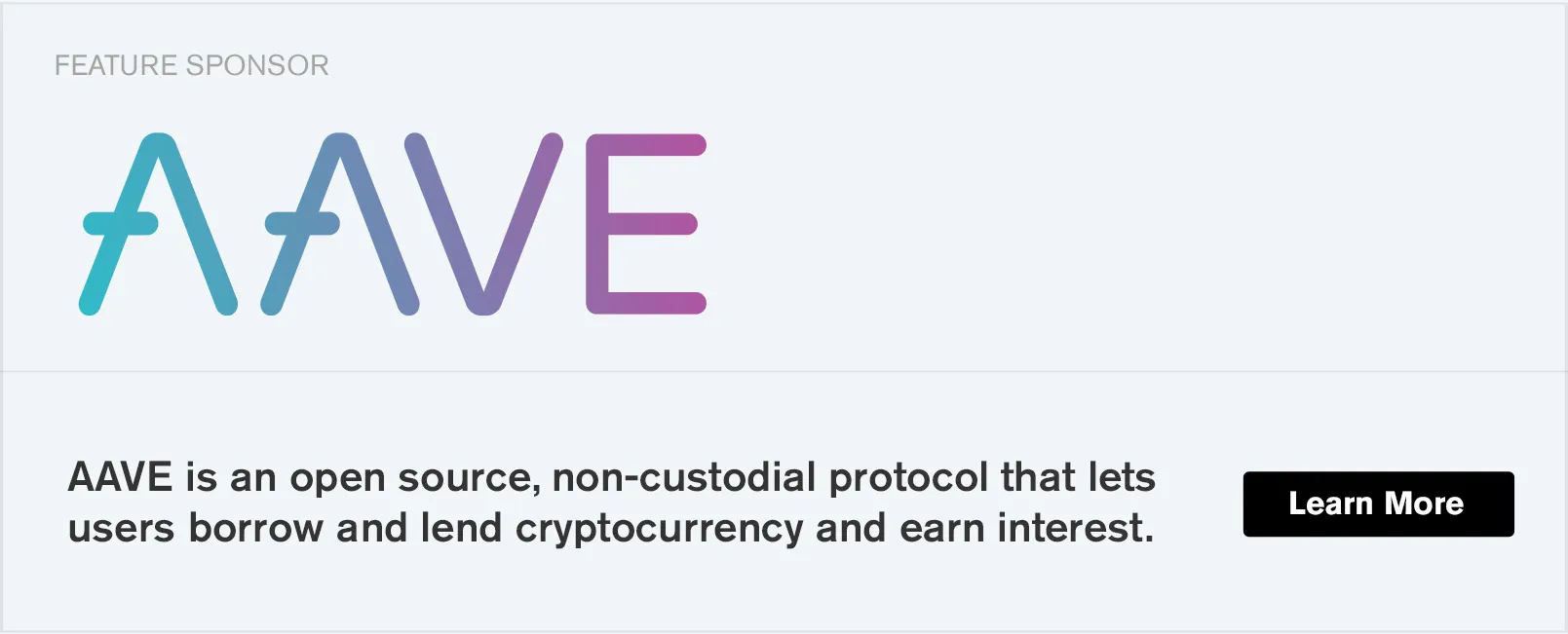In brief:
- Ethereum 2.0's staking program could be live as early as July 2020, according to Eth 2.0 client developer.
- Beacon, the first "master layer" of Eth 2.0 could be launched in "weeks or months."
- Eventually, the current Ethereum chain will become 1 of 64 shards in the new Eth 2.0.
The proof-of-stake aspect of the much anticipated Ethereum 2.0 network upgrade could be live as early as July 2020, according to Ben Edgington of Teku—an Eth 2.0 client operator—who spoke at the Ethereal Virtual Summit today.
“Beacon is the beginning of the road. It’s a proof-of-stake chain that sustains itself. It could arrive in weeks to months… But I am 80-90 percent confident it will go live by Q3,” Edgington said, speaking in a group panel moderated by Evan Van Ness, of Week in Ethereum News.
Beacon is the main milestone in Phase 0 of the Ethereum 2.0 roadmap. Beacon will be the master chain of Ethereum 2.0, and will operate with a proof-of-stake consensus mechanism. That means users can help secure the network by staking their coins (locking their coins up) on Ethereum 2.0, and in return receive regular payouts relative to the amount staked.
As explained by Will Villanueva, also speaking at Ethereal, the next milestone in Ethereum 2.0’s roadmap is Phase 1. This involves implementing sharding, and creating 64 shards with a data capacity of 500 kb each. For some context, blocks on the current single Ethereum chain are around 25 kb. This allows a lot more transactions to be processed on the network.
Phase 1.5 will see Eth 1.0 merged with Eth 2.0—and the current Ethereum blockchain will become one of the shards in the newly formed 64-shard Ethereum 2.0.
Phase 2.0 is where the various applications and networks on the Eth 2.0 chain begin to communicate. According to Villaneuva, these applications could be wildly different in nature, and could include the likes of Libra, UTXO blockchains (like Bitcoin), and will also contain the old chain, Eth 1.0.
And as Edgington reminded viewers in his Ethereal talk, this is where the real difficulty with Eth 2.0 begins. Edgington said, “Interoperability is much harder than single client testnets. These multi-client testnets unearth all sorts of exciting little inconsistencies that break things.”
The sooner Eth 2.0 can start breaking things, the sooner it can progress.
Tips
Have a news tip or inside information on a crypto, blockchain, or Web3 project? Email us at: tips@decrypt.co.


